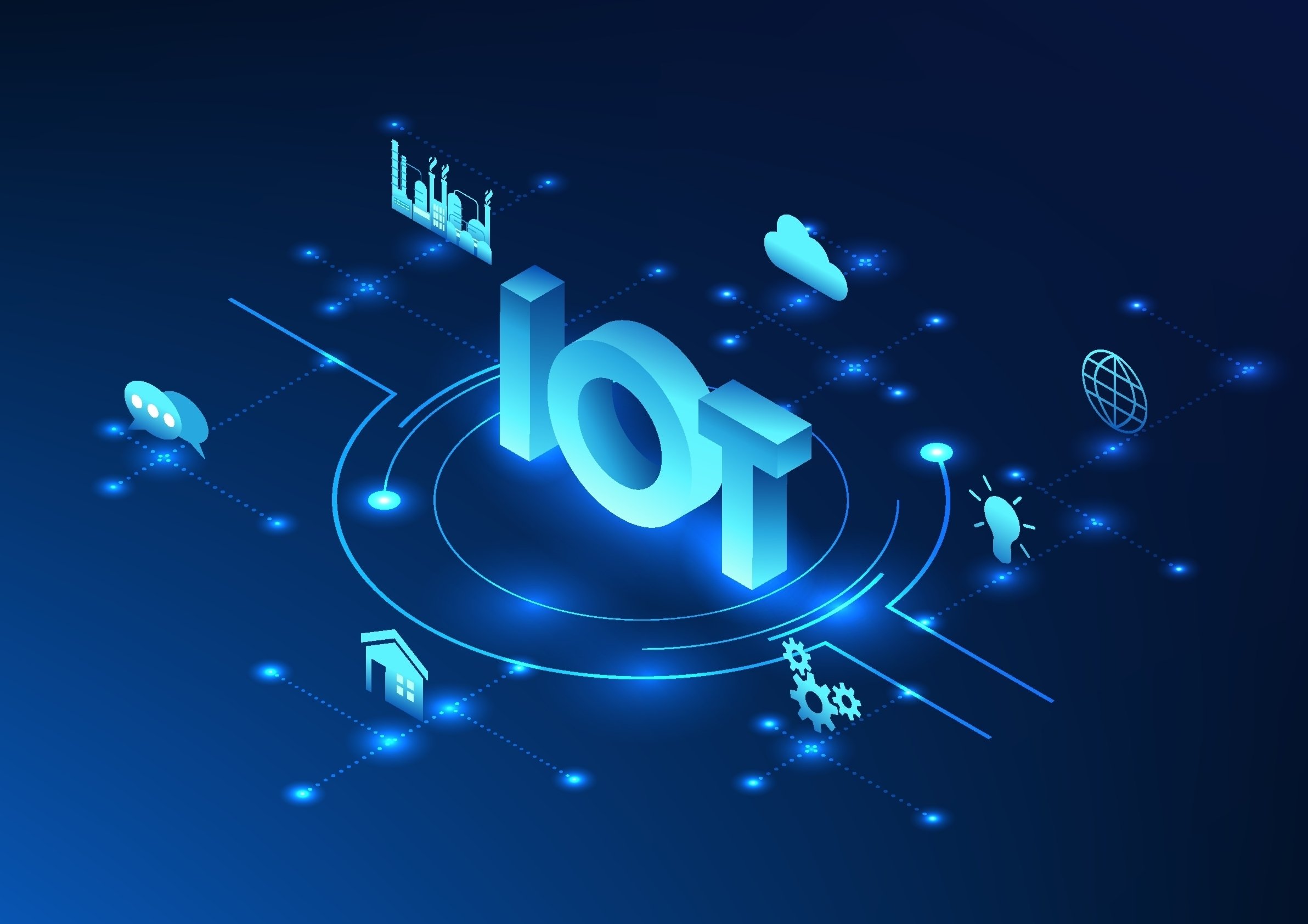
Jul 17, 2025
Blog From Devices to Decisions: How Edge AI Is Powering the Future
In an increasingly data-driven world, Edge Artificial Intelligence (Edge AI) is emerging as a transformative force, reshaping how businesses operate, devices think, and data is processed. From self-driving cars and smart factories to personalized retail experiences and real-time healthcare monitoring, Edge AI is redefining what's possible.
Edge AI refers to deploying AI algorithms locally on hardware devices—such as smartphones, drones, autonomous vehicles, surveillance cameras, and industrial robots—rather than relying solely on cloud servers. This allows data to be processed right where it's generated, enabling decisions in milliseconds.
According to BCC Research reports, the global Edge AI market is projected to grow from $11.8 billion in 2025 to over $56.8 billion by 2030, registering a compound annual growth rate (CAGR) of 36.9%. This growth is driven by:
The global market for edge AI was valued at $8.7 billion in 2024 and is estimated to increase from $11.8 billion in 2025 to reach $56.8 billion by 2030, at a compound annual growth rate (CAGR) of 36.9% from 2025 through 2030.
Edge AI is the invisible co-pilot in self-driving cars and flying drones, helping them detect obstacles, make route decisions, and respond to their environment instantly — no cloud trip required.
Wearables equipped with Edge AI are becoming 24/7 health guardians, flagging anomalies, triggering alerts, and protecting sensitive patient data from your wrist.
Edge AI powers industrial environments' predictive maintenance, visual inspection, and robotic process automation. Manufacturers can reduce downtime and optimize operations by analyzing real-time machine data.
From tracking customer foot traffic to real-time inventory insights, Edge AI is helping retailers deliver hyper-personalized experiences without breaching privacy.
From traffic management to surveillance systems, Edge AI powers urban infrastructure with real-time insights that help improve safety, reduce congestion, and streamline municipal services.
Next-gen networks demand real-time analytics. Edge AI helps reduce lag and delivers immersive experiences for consumers and businesses alike.
Due to early tech adoption and strong cloud infrastructure, North America currently leads the Edge AI market.
Asia-Pacific, especially China, Japan, and South Korea, is witnessing rapid growth fueled by manufacturing automation and innovative city initiatives.
Europe is focusing on privacy-first AI solutions with strong regulatory support.
The Edge AI ecosystem is rapidly expanding and is supported by established players and emerging startups. Companies like NVIDIA, Intel, Qualcomm, Arm, Google, and Microsoft are investing in edge-optimized chips, platforms, and development tools.
Despite its growth, Edge AI faces several hurdles:
However, ongoing R&D and increasing interoperability between cloud and edge systems are gradually addressing these issues.
The journey of Edge AI is just beginning. As more devices become intelligent and context-aware, the Internet of Things (IoT) transforms into the Intelligence of Things. From personal wearables to national infrastructure, decision-making will move closer to the source, resulting in faster responses, enhanced security, and smarter outcomes.
Edge AI isn’t just a market trend. It’s a historical leap toward a more adaptive, resilient, and autonomous world.
Edge AI is no longer a distant promise—it's already reshaping the world. By bringing intelligence directly to devices and systems where data is created, Edge AI enables faster decision-making, stronger privacy, and greater industry efficiency. From transforming how cities are run to how patients are monitored, how vehicles drive, and how factories operate, it lays the groundwork for a brighter, more responsive, decentralized digital future.
As innovation accelerates and infrastructure matures, Edge AI will become the backbone of next-generation technology—quietly but powerfully embedded in everything from your smartwatch to your city’s traffic grid. We are witnessing not just an evolution in computing, but a revolution in how intelligence is deployed and experienced.

Amrita Kumari is a Senior Executive Email Marketer at BCC Research, with a bachelor’s degree in computer applications. She specializes in content creation and email marketing.

We are your trusted research partner, providing actionable insights and custom consulting across life sciences, advanced materials, and technology. Allow BCC Research to nurture your smartest business decisions today, tomorrow, and beyond.
Contact UsBCC Research provides objective, unbiased measurement and assessment of market opportunities with detailed market research reports. Our experienced industry analysts assess growth opportunities, market sizing, technologies, applications, supply chains and companies with the singular goal of helping you make informed business decisions, free of noise and hype.